$80m firefighting college to train our firefighters to be the best
Fire and Rescue NSW’s new $80 million training college will include a five-storey building which will simulate fires in residential apartments, commercial kitchens and has a lifelike collapsed building where firefighters will undergo disaster training. WATCH GOPRO FOOTAGE OF FIGHTING FIRES
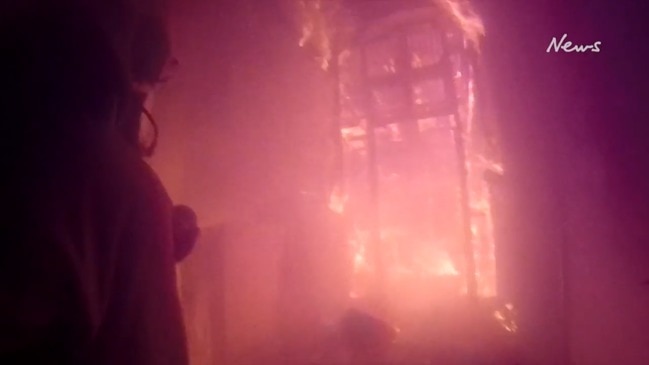
NSW
Don't miss out on the headlines from NSW. Followed categories will be added to My News.
- Baptism of fire: Tough test to become a firefighter
- PICTURES: What firefighter recruits come up against
A lifelike collapsed building will be used to train the next generation of elite Urban Search and Rescue firefighters regularly dispatched across the globe to recover earthquake and tsunami victims.
There’s even a derailed double-decker S-Set train carriage that’s been tipped on its side inside a pitch black room underneath the rubble to recreate a tunnel rescue.
It’s the latest training prop at Fire and Rescue NSW’s $80 million training college in Erskine Park, where a five-storey building is under construction that will simulate fires in residential apartments, commercial kitchens and a mechanic workshop.
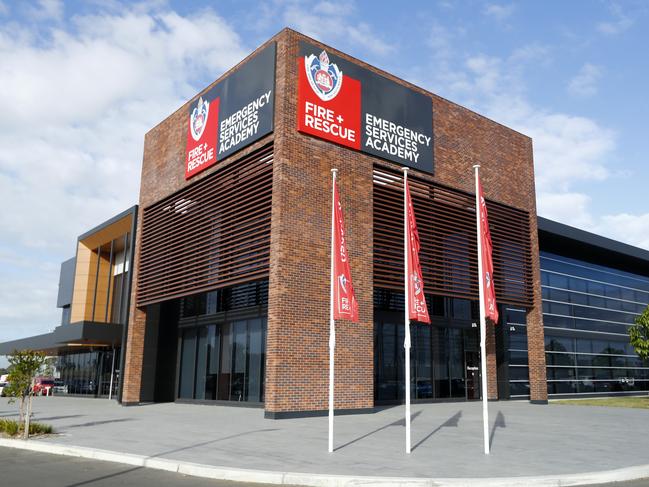
The collapsed building was designed to recreate what Urban Search and Rescue crews faced rescuing victims of the 1997 Thredbo landslide, 2011 Christchurch earthquake and Fukushima earthquake and tsunami.
MORE FROM JACK MORPHET:
Burning ambition: The firefighters saving lives
New hi-tech computing subjects for all students
The Urban Search and Rescue team is made up of 200 of the state’s best firefighters with prior experience in hazardous material recovery or car crash rescues, who are deployed to disasters across the world alongside paramedics and doctors.
Foreign government are more willing to accept help from Fire and Rescue NSW than the Australian Defence Force according to FRNSW Deputy Commissioner Jeremy Fewtrell.
“Defence personnel are well respected but foreign governments and communities find a civilian aid is easier to swallow,” Mr Fewtrell said.
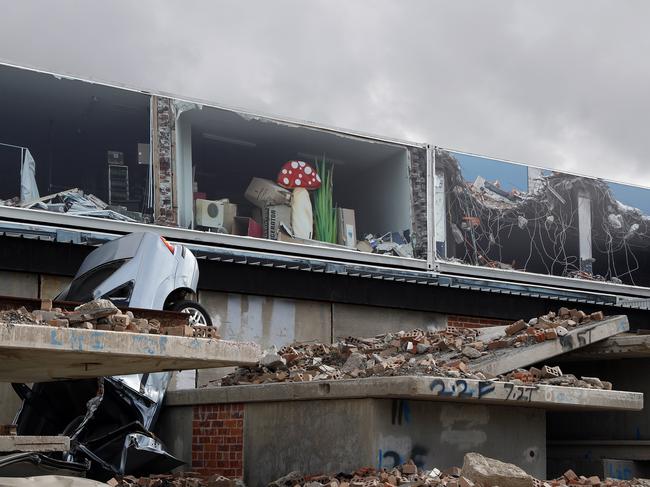
A two-day marathon search and rescue mission will be the final exam after a four-week search and rescue course, which will involve cutting through concrete panels and securing structural beams in the search for victims — represented by actors and dummies hidden in the debris.
“If we’re putting people into disaster settings, we need to be very confident in their technical abilities and in their psychological and emotional abilities to work in team cohesively and maintain their resilience,” Mr Fewtrell said.
“The teams need to be able to work in the field for two weeks and be entirely self-sufficient in terms of food, water and accommodation.”
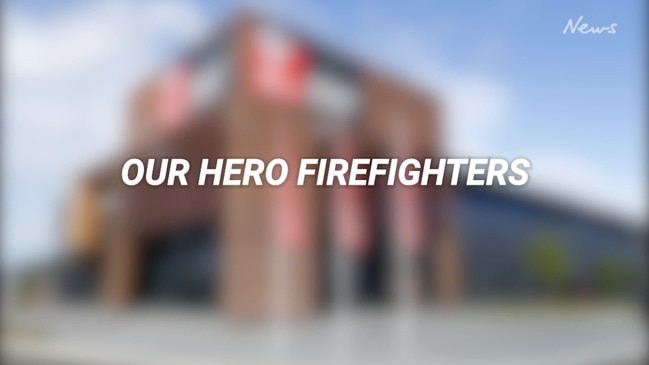
Fireys will use hydraulic rams, acrow props and timber to lift and stabilise huge concrete slabs, which will be monitored by laser sensing equipment that can detect a millimetre of movement if there’s any instability.
The crew will carry doctored detectors that will detect dangerous gases, made more realistic by simultaneous liquid leaks.
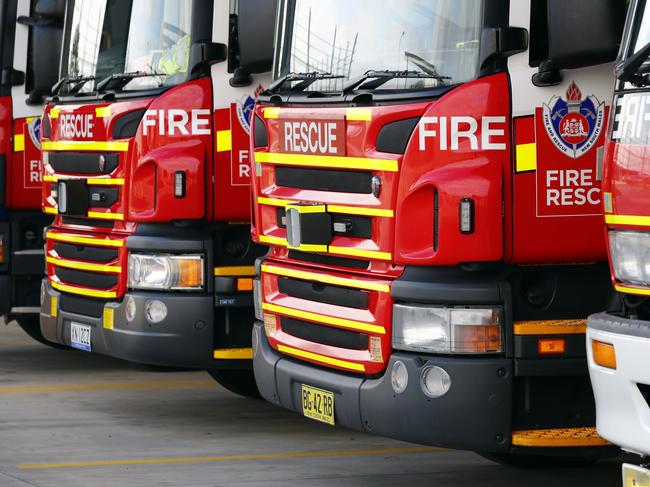
Pictures of the exposed interiors of buildings missing their exterior walls have been blown up and pasted to the top of the simulated building collapse for added realism.
The pictures were snapped during the Christchurch earthquake disaster recovery effort.
Other training props already built at Erskine Park include a commercial building that will simulate fires in factories and warehouses and a mock service station with gas-fired spotfires and a petrol tanker. By the end of the year 21 shipping containers with a complex interior layout will challenge firefighters to navigate stairs and various sizes of rooms to find and extinguish fires.
DEADLY HOUSE FIRES
Three deadly blazes within four days in late June capped off the worst month for residential fires so far this year.
There were 342 house fires across the state in June, which was up from 316 in May, 306 in April, 302 in March and 280 in February.
Firefighters were beaten back by flames when they tried in vain to save six-year-old twin girls Matylda and Scarlett Rinkin and their 12-year-old brother Blake from an intense house fire in Singleton in the NSW Hunter Valley on June 26.
Investigators are still looking at whether a combustible fireplace at the front of the house was to blame.
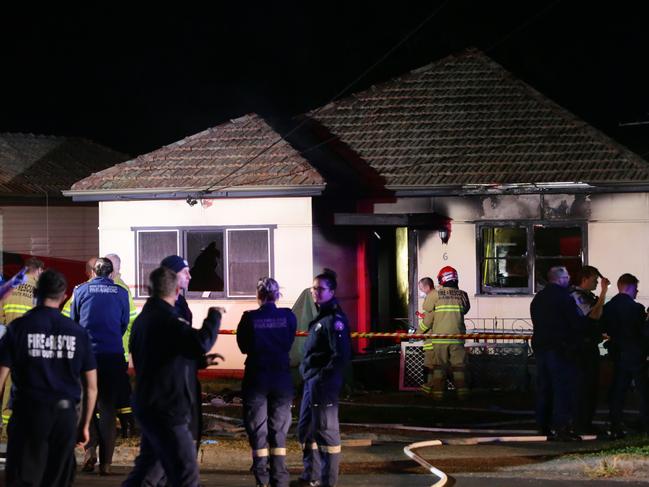
On average, more than 30 per cent of preventable home fires occur in the cooler months, of which 60 per cent happen overnight between 6pm and 6am, with more fires in bedrooms and lounge rooms due to heaters and electrical blankets.
Fire and Rescue NSW has committed to visit 60,000 homes with the next 12 months to deliver critical fire safety advice and install at least one fire alarm in homes without one that works.
The simplest advice to avoid a house fire is to never leave cooking unattended, keep furnishings, curtains and clothing a metre away from a heater, don’t overload power boards with extra winter appliances like heaters and turn off electric blankets at night.
Running into a blaze to fight a fire or save precious possessions such as dogs or family photos is how most people are killed or seriously injured, according to FRNSW Deputy Commissioner Jeremy Fewtrell.
Originally published as $80m firefighting college to train our firefighters to be the best



